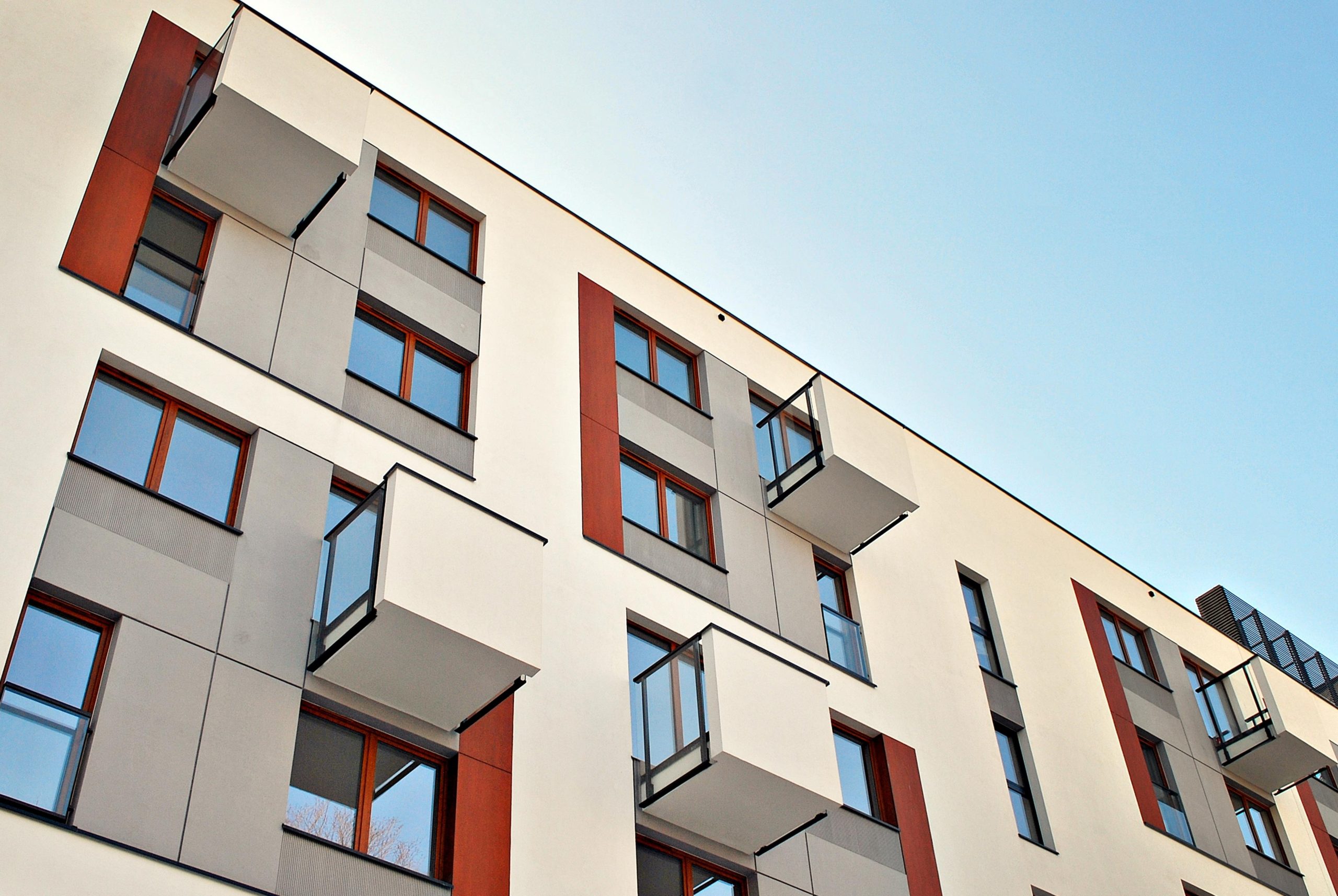Cladding and related fire safety issues remain an ongoing nightmare scenario for many leaseholders post-Grenfell.
Thousands of leaseholders are trapped in flats that they are unable to sell due to concerns over the safety of the block and problems with getting completed EWS1forms.
The EWS form is a prescribed way for a building owner to confirm that a residential building’s external wall system (EWS) has been assessed as being safe, and is valid for five years.
Leaseholders also face being asked to pay thousands of pounds to meet the cost of remedial works and for associated fire preventative measures such as waking watches and the installation of alarm systems and so forth. Insurance premiums also tend to rise sharply.
In the meantime, freeholders, RMCs, RTM companies and managing agents must press ahead and try to deal with the situation where their development is faced with cladding issues, not least because of the duties imposed upon them with regards to fire safety by statute, where they are the “relevant person” and therefore ultimately responsible.
Brady Solicitors is working with several managing agents to help them navigate the funding issues.
As a starting point, it is always necessary to establish what is wrong; what needs doing to put it right, and how much it is going to cost to do this. At the same time, the building owner and their managing agent must consider what interim measures are necessary and reasonable to ensure residents’ safety whilst investigations take place and remedial works are carried out.
Can we claim under the government’s cladding remediation fund?
Claims under the government’s remediation fund will only be successful where the leaseholders are liable to pay under the terms of their lease.
Building owners are also required to “actively identify and pursue all reasonable claims against those involved in the original cladding installations, and to pursue insurance and warranty claims where possible.”
Careful consideration and analysis of the lease terms is necessary to establish what the situation is in terms of liability to pay, as well as a clear paper-trail of the original cladding work and any associated warranties.
In considering the lease, it is key to understand if the affected areas are the responsibility of the freeholder/managing agent – or are they demised to the leaseholders? Even if they are the leaseholders’ responsibility, who is then responsible for maintenance and repair?
Do these maintenance and repair covenants cover works that are required where often the building will not be in a state of disrepair?
Consideration also needs to be given to what other steps can be taken to reduce the fire risk in buildings which have been identified as being susceptible to fire spread, perhaps through setting (and enforcing) strict regulations on residents’ use of their properties.
Establishing who is liable for funding cladding remedial works can be challenging and fraught with both complexity and emotion. For expert and practical advice to help you navigate this difficult issue, please do get in touch.
Click here to read more on how to apply to the government’s cladding Remediation Fund.




